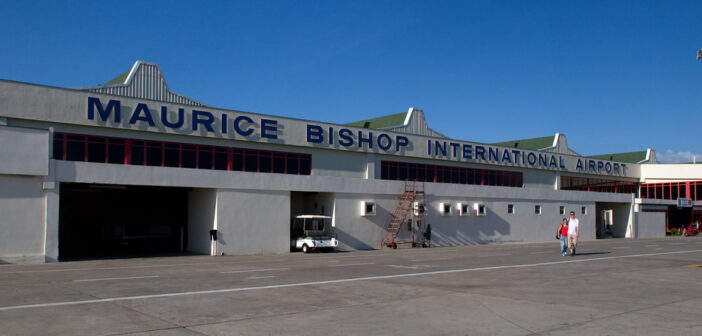The Grenada Airports Authority urges all citizens in Grenada to exercise due regard to aviation safety when engaging in airborne activities especially in the vicinity of the Maurice Bishop International and Lauriston Airport.
Airborne objects can have a serious impact on the routes of low altitude aircraft: may distract pilots during critical stages of flight (such as take-off or landing); be ingested by aircraft engines or can disturb the balance of the planes due to sudden avoidance maneuvers all resulting in serious consequences that may endanger lives and cause harm to the property in the air and on the ground.
The following activities are hazardous to air navigation and must be seriously regulated:
| TYPES OF HAZARDS | POSSIBLE OUTCOMES |
| – Flying of Unmanned Aerial systems (e.g. Drones) | Be ingested by aircraft engines |
| – Laser light projecting to the sky | Strike an aircraft cockpit and impair vision. |
| – Kites | Be ingested by aircraft engines |
| – Sky lanterns | Sky lanterns can travel a considerable distance from the release point at unpredictable heights on prevailing winds. This unpredictability of flight could cause Sky Lanterns to become a risk to aviation through airborne engine ingestion. |
| – Helium balloons | Balloons have been known to cause loss of control and even crashes of aircraft. |
| – Fireworks | Fireworks have the potential to distract and confuse aircrews if they encounter fireworks at low altitudes, specifically on approach to landing. |
All these devices should not be flown/released within three (3) miles of the airport or the aircraft flight path.
In this regard, we advise citizens, residents, companies, and organizations to please pay attention to this important issue and provide support so that we can continue safe aircraft operations within our air space.
![]()




